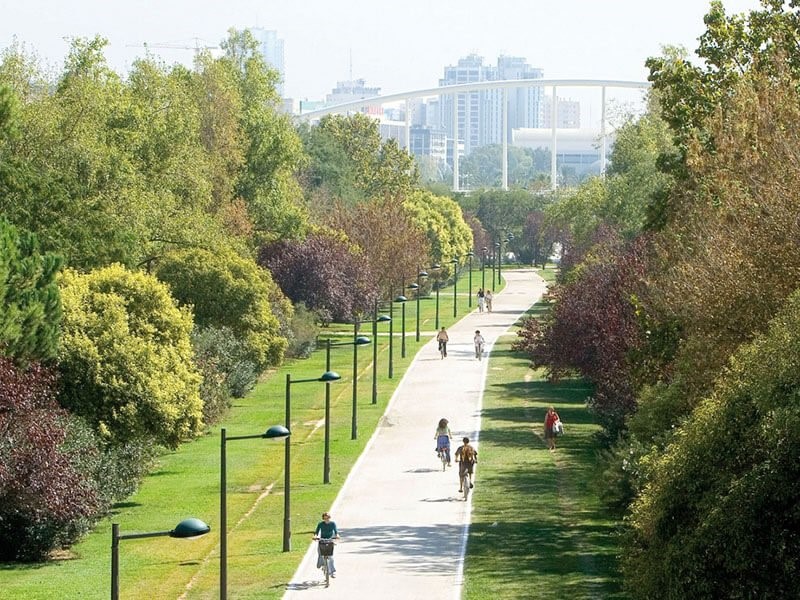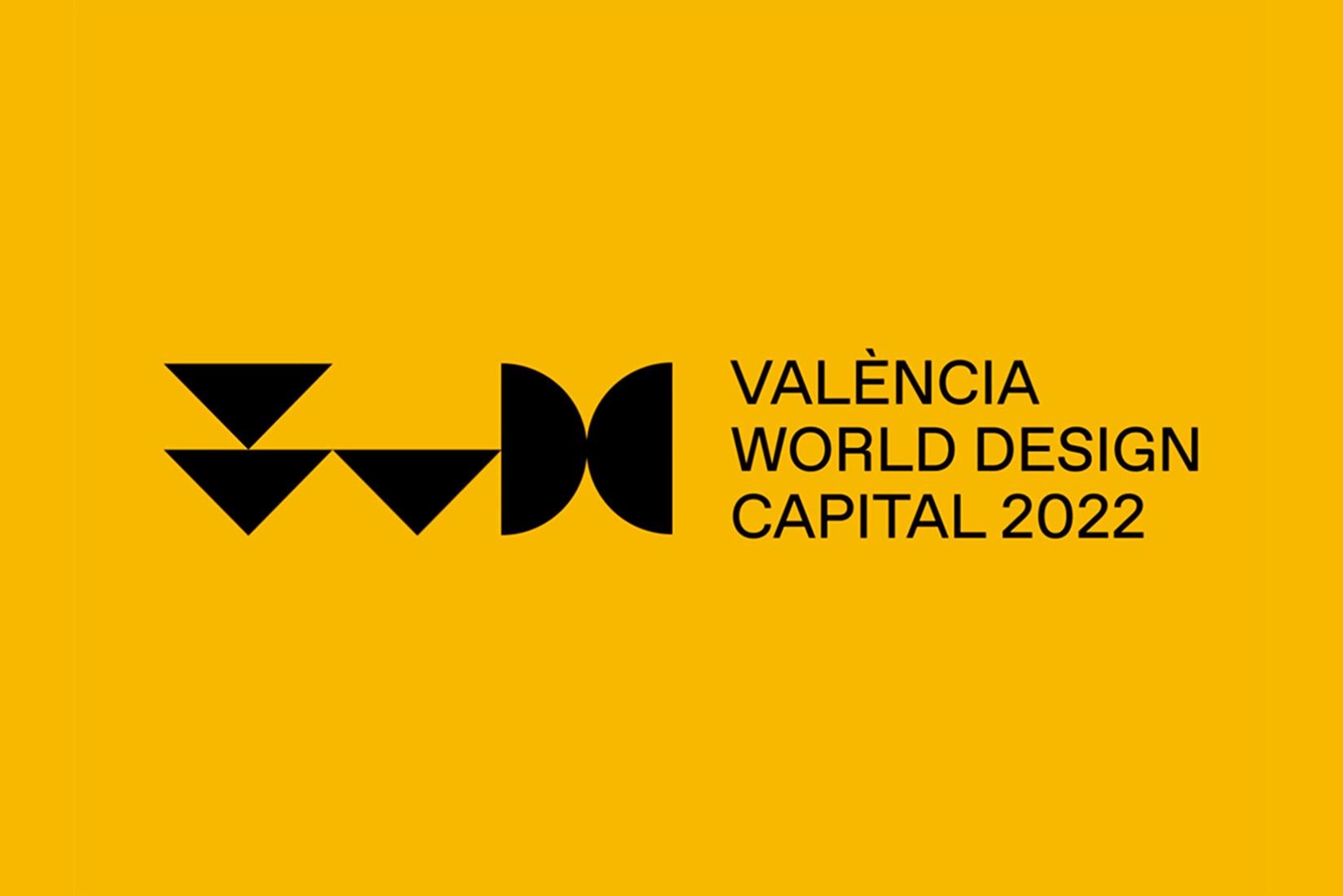Did you know that every November 8th World Urban Planning Day is celebrated? Its objective is to promote that our cities are equipped with urban planning that considers sustainability as its central axis.
The growth of human concentration in cities and the increase in housing and traffic in urban areas are social phenomena that we have been witnessing for decades, and to which urban planning has to provide solutions. But not just any solution is worth it.
As cities grow, more needs and challenges are presented to us, and the environment is undoubtedly affected by this, a fact that we cannot afford in today's society. That cities grow is not a problem in itself, they simply have to expand and evolve, increasingly thinking about Smart Cities models, based on citizen collaboration, planning, creativity and of course, taking advantage of technology to be more sustainable. Only in this way is it possible to achieve urban and social innovation that generates the necessary efficiency in cities.



 The improvement of the environment implies research and development of new urban formulas, to which social design is capable of providing answers that benefit groups. Without a doubt, our cities are changing for the better… Thanks to transcendental proposals full of creativity, design and innovation.
The improvement of the environment implies research and development of new urban formulas, to which social design is capable of providing answers that benefit groups. Without a doubt, our cities are changing for the better… Thanks to transcendental proposals full of creativity, design and innovation.
How can we achieve a more sustainable city through urban planning?
Construction of recreational areas or 'healthy enviroments'
More and more people are concentrated in cities, which generates a high concentration of people in very specific areas, where the environment is harmed, and consequently the quality of life of its inhabitants. By healthy spaces we refer to areas such as parks, squares or any type of urban recreational areas that help dissipate population concentrations. In this sense, although urban planning plays a fundamental role, it is also necessary for people to become aware. A great example in the city of Valencia is the old riverbed of the Turia River, a green space almost 10km long that runs through the center of the city and guarantees a lung of oxygen for all its inhabitants.
House Building
As we have mentioned before, more and more people are concentrated in cities, so it is necessary to expand the urbanizable areas. The problem is that sometimes there is no choice but to build in areas close to infrastructures such as roads, railways, airports, or industrial zones. Any of these scenarios introduces different risk factors that significantly damage the quality of life of the people who occupy these areas. In this sense, one of the decisions that should be included in urban planning is the installation of acoustic screens in urbanizations where an acoustic study determines that they are areas susceptible to excessive noise.
Urban Mobility
In a recent post we talked about mobility and safety solutions in urban environments, given that traffic problems and challenges are beginning to emerge as a priority for city managers. In fact, many cities are embarking on processes of adaptation to new formulas for sustainable mobility. For example, for many years now, a more sustainable awareness of urban mobility has been promoted through the use of bicycles. This is proven with the fact that most cities have an urban reorganization underway that includes an ambitious plan for the implementation of cycle lanes. On the other hand, the social phenomenon of electric scooters is here to stay. Currently scooters circulate on the bike lane, but who knows if in the future specific urban routes will be planned in order to guarantee the differentiation of vehicles and safety in urban mobility. It is precisely these types of issues that are intended to be made visible and promoted with World Urban Planning Day.
Innovation through urban design: the drive towards the sustainable city
Throughout the article we have spoken to you in terms of ‘urban planning’. However, the true engine that allows sustainable development based on the characteristics of a Smart City, on the design for social innovation or ‘social design’.Innovation and urban planning by the hand of the World Design Organization (WDO)
World Design Organization is an organization that is dedicated to promoting industrial design as a profession capable of generating products and infrastructures that help create a better society, with a special focus on the environment. The WDO recognizes cities for their effective use of design to stimulate economic, social, cultural and environmental development; among which Valencia is included as the World Capital of Design 2022. The objective of this initiative is to turn design into a tool for sustainable social and economic development. In this sense, design is essential to improve people's quality of life and act as an agent of change. It is about finding and gathering creative proposals that are capable of giving relevance to social design and urban innovation. In addition, although from the name of the project it seems that everything begins in 2022, it does not. The mere fact that Valencia has already been chosen as the future World Capital of Design, is already producing collective synergies to give visibility to the problems that concern urban areas in order to give them solutions working from the local to the global. The improvement of the environment implies research and development of new urban formulas, to which social design is capable of providing answers that benefit groups. Without a doubt, our cities are changing for the better… Thanks to transcendental proposals full of creativity, design and innovation.
The improvement of the environment implies research and development of new urban formulas, to which social design is capable of providing answers that benefit groups. Without a doubt, our cities are changing for the better… Thanks to transcendental proposals full of creativity, design and innovation.